
All categories
Featured selections
Trade Assurance
Buyer Central
Help Center
Get the app
Become a supplier

(3099 products available)


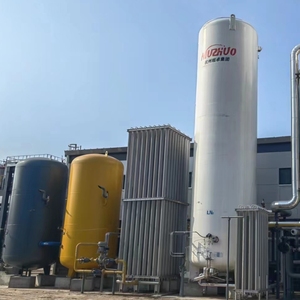
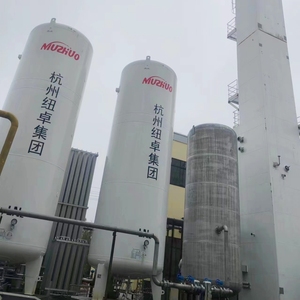



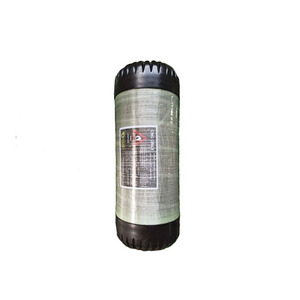
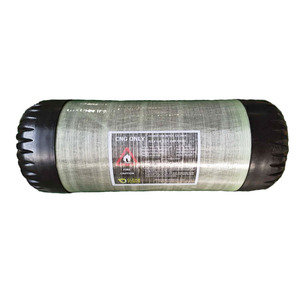


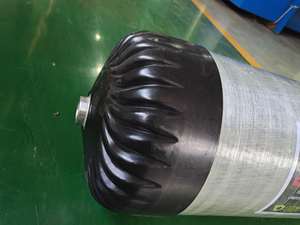
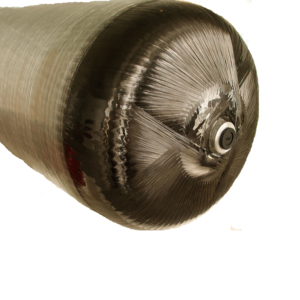

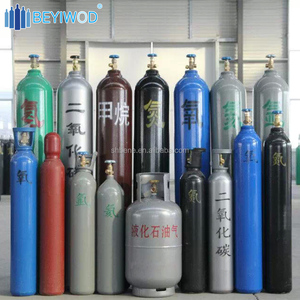

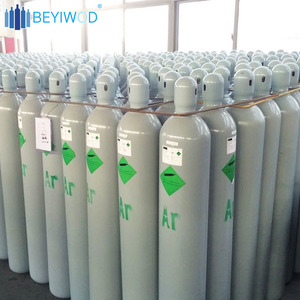
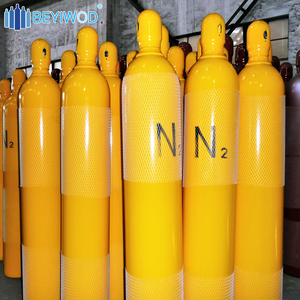

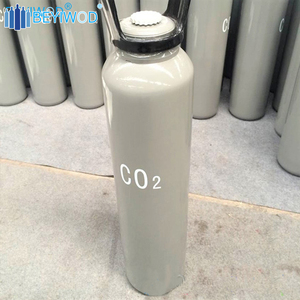
Manual Filling Systems
Using manpower, these systems fill co2 gas cylinders by hand adjusting to the pressure. Manual filling units are affordable, adaptable, and suitable for small to medium shops, and they can refill various cylinders with precise control, including 20lb co2 cylinders. These systems promote close working practices, ensuring contamination is minimized, and quality is assured. However, operational costs and productivity slow down when a filling system depends on manual labor.
Automated Filling Machines
Automated machines fill cylinders with little manpower. These machines complete the tasks themselves, filling and stopping at a predetermined pressure. Automated CO2 Cylinder exchange filling machines offer a productivity boost over manual methods. This improves output while reducing operational expenses. Outdated equipment needs to be designed and examined frequently. These machines are best used in large manufacturing environments and regions where CO2 refills are in high demand.
Semi-Automated Systems
Systems that use semi-automation fill the gaps between manual operations and total automation. These systems automatically handle most of the filling; personnel must ensure that the co2 canister is filled correctly. Semi-automated systems increase productivity by reducing filling times while being less strict regarding personnel requirements. They are the best option for medium businesses since they balance efficiency and cost.
Bulk Filling Systems
These are big and work on the principle of mass filling. These machines can fill many cylinders at the same time. This device can rise beyond any popular filling requirement. It may come in very helpful in a factory or location where it is expected to require a major volume of refills. Because of the large scale of their function, bulk systems usually have a bigger CO2 tank than average and need complex control of the system to maintain normal operations.
Portable Filling Systems
Travel versions of the machines are portable. With wheels on their design, filling CO2 cylinders and even transporting them from place to place is easy. These machines are useful when refilling is required in a region that is not well developed or when supply fleets need to be serviced quickly and easily. Design systems that are portable do not fill the amount of bulk or automate that the station has, but they do provide convenience for filling in intervals or on the go.
exchanging cO2 cylinders for beverages
CO2 is important for carbonating drinks. Restaurants, bars, and bottling plants use filling machines to keep soda and beer systems running smoothly. A steady and exact exchange keeps drinks fresh and maintains flavor consistency. Filling machines reduce downtime in refilling cylinders, helping businesses operate smoothly.
Use in Manufacturing Processes
Cylinders provide the gas needed for welding and metalworks. Filling machines keep workshop and factory cylinders always ready. When machines fill cylinders accurately, workers can focus more on their jobs. This improves production speed and avoids delays that arise from empty or low pressure cylinders. The less manual work means that errors and costs associated with slower processing in manufacturing are reduced.
Use in laboratories and medical facilities
Filled cylinders serve medical tools that require precise pressure and clean gases. Hospitals and labs depend on reliable filling systems to keep their work areas safe and to improve co2 cylinder exchange. This is especially important in hospitals, where surgery and care cannot be interrupted. Quick and easy co2 cylinder filling can, therefore, avoid dangerous situations and improve patient care.
Use in agricultural greenhouses and food storage
Greenhouses fill weakly CO2 to increase plant growth. Food producers also use the gas to keep things fresh during storage and transport. Filling machines are common in huge farming and food storage regions. These machines offer bulk filling systems. They allow users to buy and store high quantities of gas, lowering operating costs while facilitating easy access to an important product for growth and better quality preservation. Businesses that engage in farming or food storage examine these advantages in order to build a more affordable mode of operating and producing.
Petroleum and energy sector applications
Cylinders must be filled during exploration and production to maintain safety and work efficiency. For example, the fills must meet the demands of drilling and reservoir studies operations. Filling machines help improve precision and safety in this important process. When filling machines work consistently and accurately, it makes a great platform for safety and makes cost containment easy. This is great in capital-intensive harmful industries where production speeds can impact profitability and protect life.
Filling Capacity
The filling capacity indicates how fast a machine can fill CO2 cylinders. Large shops or factories need machines that can fill many cylinders at once. Smaller places might need slower machines that fill one cylinder at a time. This helps decide which machine is best for a business.
Pressure Control System
A good filling machine needs to work well at the correct pressure. CO2 must be filled at a high pressure to go into the cylinders. If the pressure is too low, not enough gas will go in. If the pressure is too high, it can be unsafe. The best machines keep the pressure just right. This ensures CO2 fills the cylinders quickly and safely.
Compatibility with Various Cylinder Sizes
CO2 bottle filling machines should be able to fill bottles of all sizes. Different businesses use different-sized bottles. Some use small bottles for simple tasks. Others need big bottles for more complex or heavy work. The machine should be able to fill any size bottle. This enables the machine to be used in many different places, helping more people.
Automatic Shut-off
Advanced systems shut off by themselves when the bottle is full. This keeps the gas from spilling. It also keeps the workstation from getting messy. Spilling gas can be unsafe in some places. Machines with automatic shut-off can enhance safety by shutting off automatically when needed. This feature keeps the work area safe and clean.
Choosing the Right Location
It is best to place the machine where it will provide easy access for users and maintenance workers. The area must have enough room for the machine's extra features, such as hoses and the CO2 tank. The surface it will sit on needs to be sturdy so it doesn't tip over or shake as it works. There also need to be nearby connections for electricity and gas so the machine can operate properly.
Mounting the Machine
The machine should be placed so that the base is steady and level. Many machines have feet that can be adjusted to make sure they sit evenly if the floor is slanted. Grippers help secure the machine so it doesn't slide around when it vibrates or shifts as it works. Mounting keeps everything aligned for smooth operation.
Connecting Components
The hoses, valves, and other parts of the machine need to be connected to get it working. The manual for the machine will show how to link everything properly. The CO2 tank must be connected to provide gas for the filling process. The electrical cables must be plugged into power sources so the machine can start functioning. Careful setup of all these elements is important so the machine works well.
Co2 Cylinder Filling Machine Testing
Before daily use, testing is important to ensure functioning properly. Initial users will work through the steps slowly to check for any problems. The pressure can be adjusted, and readings monitored to make sure everything works. Listening and observing during this phase helps find any small fixes needed to avoid issues later. Testing ensures the machine is safe for large volume use.
Daily Maintenance Tasks
As soon as the maintenance work begins, the cleaning of the exterior portions of the machine should take place. Any CO2 particles or dirt that are seen need to be cleaned from the machine so they do not affect how well the machine works. After that, fluids need to be checked to make sure the amounts are at correct levels. Inspection and care for both the hoses and seals should happen frequently so that small cracks or weak areas do not develop over time. Following these basic steps each day will help things run without a hitch.
Weekly Maintenance Review
Each week when maintenance is done, a closer look is given the machine inside and out. Lubrication areas that need it are oiled to reduce friction and wear on parts. Filters that remove impurities from the CO2 gas must be examined and changed as needed so that the gas remains pure. Part wear must be checked closely for signs of needed repair or replacement. Following this routine helps keep things in working order even longer.
Scheduled Professional Inspections
Technicians with expertise in these machines should check them about every six months to a year, depending on use. They will go through all the parts and systems to tune up the machine. Any worn-out pieces that are hard to see may get switched out. Big jobs like recalibrating controls and ensuring everything meets safety standards for use happen during these visits. This keeps the machine dependable for ongoing business operations.
Common Repairs Explained
Certain parts, like seals and hoses, wear and tear over time from normal daily use. When this happens, repairs can be done replacing them with new pieces. Lubricated parts sometimes need to get retouched with oil again in between inspections. This helps prolong how long those parts last. Occasionally bigger parts, like valves, may get replaced too if they seem faulty somehow in the middle of working. Repairing things as they break down ensures the machine stays functional in working condition.
Using Good Materials
It is vital to ensure that the filling machine for the CO2 cylinder comprises quality materials. These items should be made using high-quality metals and compounds to improve their staying power. When machines use strong materials, they do not break or wear down as frequently. This helps the organization operating the filling station out. Fine materials also guarantee that the machine operates well while handling CO2 under immense pressure.
Precision Engineering
The filling machine's parts should be fashioned carefully to guarantee pressure control and safe gas handling. All elements must work together perfectly to deliver steady performance without dangerous swings or hitches. Any minor mistake during assembling can create a generating problem, intolerable or even catastrophic. Precision parts are needed to lower mistakes and ensure security during production.
Regular Checks
Frequent inspections of the machine are important for quality and security. During checks, loose parts are identified and fixed, and worn materials are replaced to keep machines functioning well. Any minor breakdowns should be treated properly before they develop into major malfunctions and cause accidents. Developing a systematic checkup program ensures safety and keeps quality from lagging under production needs over time.
Proper Training for Workers
The people working at the Filling station need to learn well about the machine and the dangers of CO2. The employees need to learn safety practices around the pressurized gas. They must also gain skills in handling the Filling machines. When the workers know how to fill safely and how CO2 acts, it lowers danger rates greatly. Care should ensure staff education occurs so no improper use happens that could cause accidents.
Cylinder Inspection and Maintenance
Each CO2 gas cylinder must be examined to make sure it is still strong and safe to use. Scratches or dents weaken a cylinder's strength and increase risk. Regular servicing detects these problems early so defective tanks don't get used. Maintenance also includes checks on the regulator and valve to ensure smooth, safe operations without hiccups.
A1: It is not required to be empty, but checking the level before filling can help make a better refill. If the tank is really low or on empty, do a quick safety check to look at it – don't put in CO2 gas if it feels like there is none in there. With a little gas inside, do the tank fault find and fix any issues. Tanks that are totally empty may be tricky to fill with gas since they need time to settle. Aim for a little gas if possible, then take your time filling. Safety checks before filling help make sure the refilling process goes smoothly
A2: Machines with voltmeters are best for tricky jobs where just the right pressure of CO2 gas is super important. Drinks, medical places, and high-tech manufacturing all rely on steady pressure to keep things safe and working well. If pressure levels bounce around too much, it can mess up products or even cause dangerous situations. Voltmeters help monitor and stabilize CO2 pressure. That makes these machines essential for any business where precise pressure control really matters to their operation.
A3: To prevent the spillage of CO2 during the filling of tanks, it is important to ensure that the tank is situated correctly on the filling nozzle. The filling escape area should not be overstuffed, and the fitting should be appropriately tuned for the correct tank size. While performing the filling task, the tank control valve should be gradually opened to allow the gas to enter freely without flooding. Using machinery with automatic shut-off reduces the chance of overflow by cutting off the flow.
A4: Yes, a small CO2 fuel tank holding some liquid gas is just fine and very normal. Even when tanks feel empty, a bit of liquid can get trapped. This is totally safe and won't cause any problems. That little bit of liquid helps keep devices working smoothly. It comes out as the tank empties all the way. So there's nothing to worry about if tanks hold a tiny bit of liquid – it's simply doing its job!
A5: Yes, it is advised that the fuel filling hoist work flawlessly and safely without regularly checking and maintaining it. The fuel filters need to be changed now and then to get rid of the dirt. Parts like hoses and seals should be checked for any wear and tear. Lubrication helps the moving parts run smooth and easy. Through maintenance, machines keep working well, safer, and last longer, which makes this a high priority.